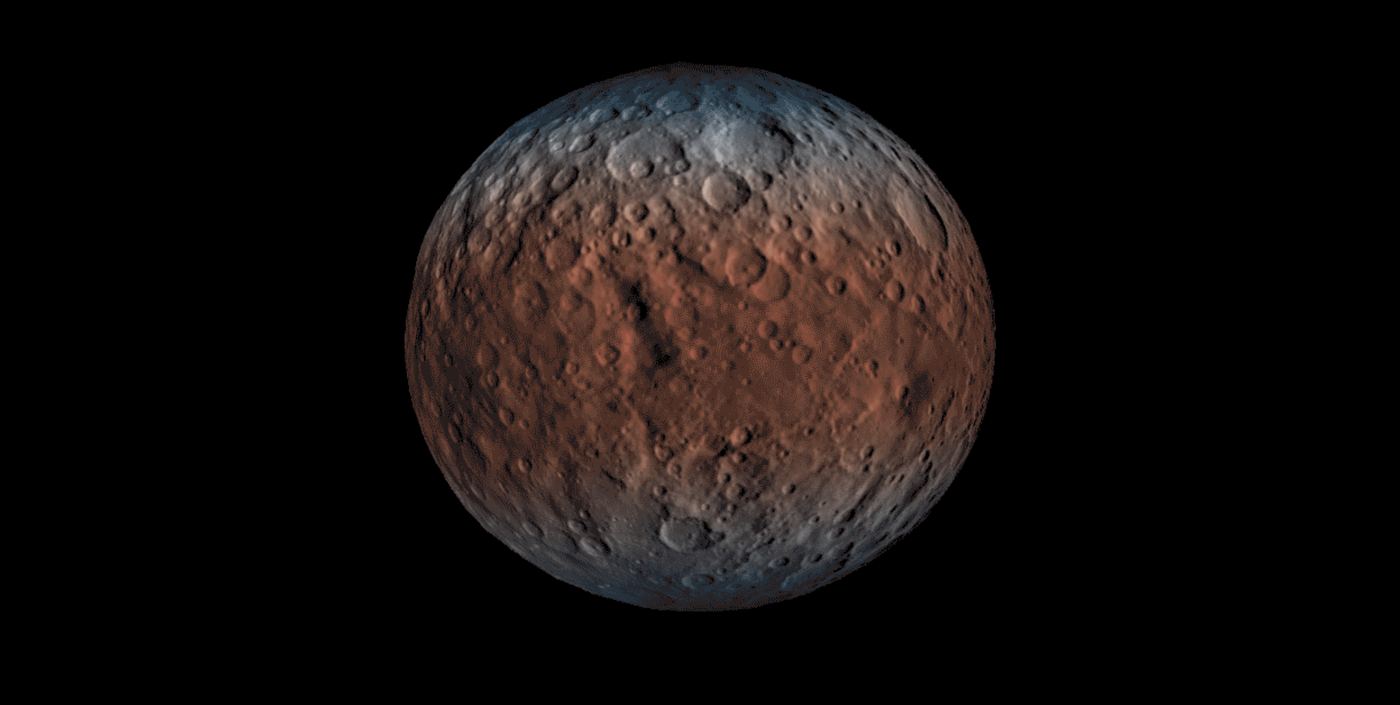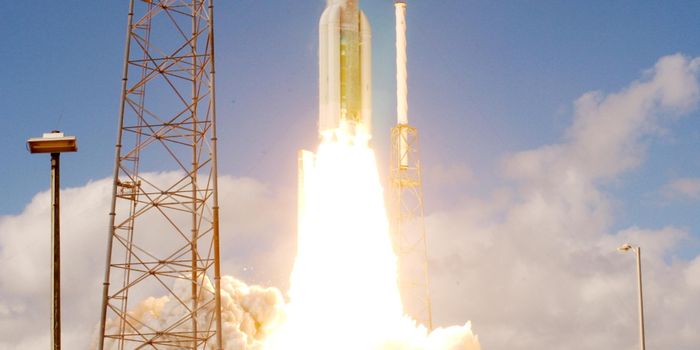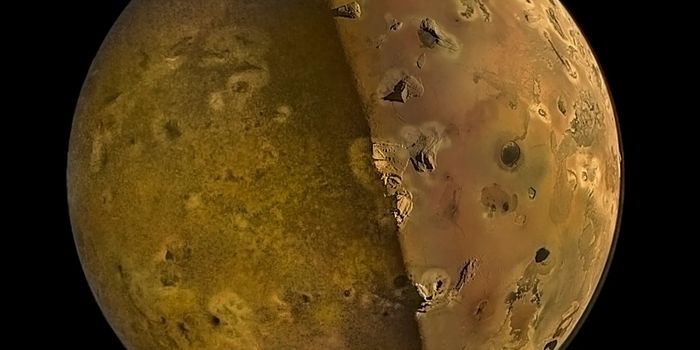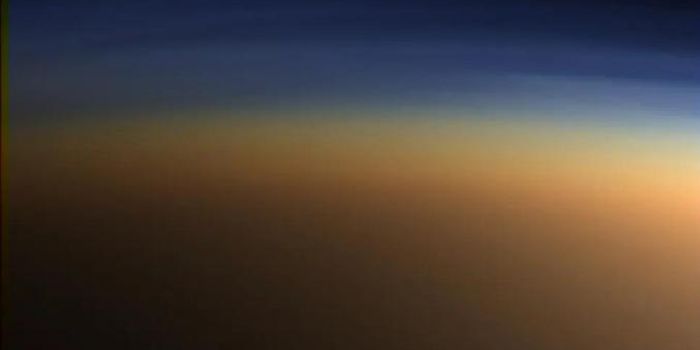Ceres' Temporary Atmosphere Might be Caused by Solar Activity
Ceres is the largest object in the asteroid belt, which means it's not particularly difficult to observe. Even more convenient is that it’s not very far away; residing just between the orbits of Mars and Jupiter.
These key qualities are not only convenient for astronomers, but they’ve also made it possible for Ceres to be observed up close via NASA’s Dawn mission and with Earth-based observatories. During these observations, experts have noticed that Ceres sometimes exhibits an atmosphere-like layer near its North and South poles, but it seems to fade away after about a week worth of time.
How Ceres gets its ‘temporary’ atmosphere has eluded scientists for a while, but one of the most commonly-accepted theories is that because Ceres orbits the Sun in an elliptical manner, it warms up as it gets closer to the Sun during its orbit. This, in turn, evaporates surface ice into vapor particulates that make up what we sometimes see, similarly to what happens on a comet.
Image Credit: NASA/JPL-Caltech/UCLA/MPS/DLR/IDA/PSI
On the other hand, scientists are now proposing a new theory that places the blame for the temporary atmosphere on solar activity rather than the placement of Ceres in its elliptical orbit around the Sun. The theory is described in a paper published in The Astrophysical Journal Letters.
"We think the occurrence of Ceres' transient atmosphere is the product of solar activity," said study lead author Michaela Villarreal from the University of California, Los Angeles. "Sublimation probably is present, but we don't think it's significant enough to produce the amount of exosphere that we're seeing."
As accelerated particles from the Sun’s own solar winds strike the ice that's embedded in Ceres’ surface, the ice evaporates, forming the atmospheric clouds that are sometimes observed for temporary periods of time.
Related: Ceres is a lot icer than originally thought
Interestingly, because experts have observed the temporary atmospheric formations even when Ceres isn’t at its closest point to the Sun, solar activity would have to be one of the only logical explanations for why this occurs.
Because the Sun is currently entering a lull period that’s expected to be of a scale similar to that of the Maunder minimum, experts are more interested than ever to study Ceres to find out if solar activity is truly the cause behind its temporary atmosphere.
Theoretically, because solar activity is in the midst of slowing down as indicated by the absence of sunspot activity on our Sun, we should see less atmospheric changes occurring on Ceres over the next few years, which would tell us once and for all whether solar activity is responsible for much of the confusion.
The Dawn mission is studying Ceres up close, and the study authors also recommend other observatories keep their eye on Ceres as well for the sake of accurate data and the possibility of uncovering important discoveries.
Source: NASA
-
APR 30, 2024Immuno-Oncology Virtual Event Series 2024
-
MAY 07, 20243rd International Biosecurity Virtual Symposium
-
SEP 03, 2024Microbiology Week Virtual Event Series 2024
- See More


















































